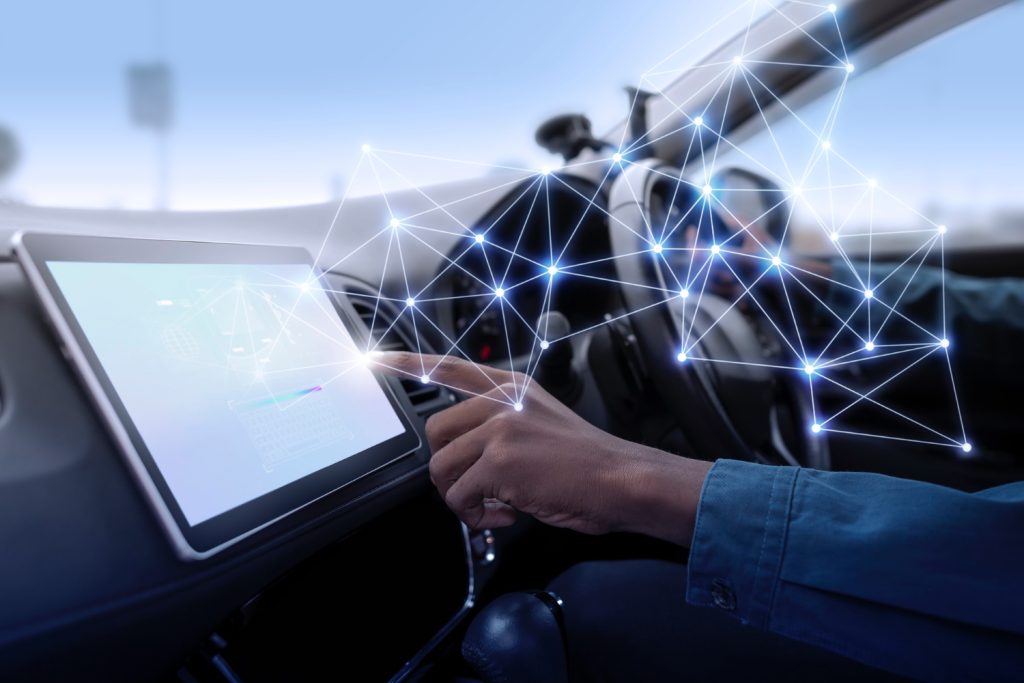
Many people don’t realize this, but electric vehicles were actually being developed before internal combustion engines were invented. Automakers started experimenting with electric cars not long after humanity gained the ability to harness electricity. Of course, the internal combustion engine emerged as the more practical and affordable technology early on in the automotive industry’s history, so gas-powered vehicles dominated the market.
Things eventually came full circle, though. As humanity began to realize how much pollution ICE vehicles produced, it became clear that we needed an alternative. In the late 1990s, the world saw a revival in electric vehicles, and they’re becoming far more mainstream. We aren’t really seeing many used trucks that are electric, though, are we? Why haven’t they experienced the same mainstream popularity as cars? Well, there are a few key reasons why electric trucks aren’t gaining widespread market adoption yet.
Limited Range
For one, people are concerned about the range of electric vehicles. They often need their vehicles to go the distance, so to speak, especially for work trucks. Having to stop to charge them every so often wouldn’t be practical. It would interfere with productivity and potentially cause unnecessary downtime. Manufacturers are experimenting with ways to extend the range of electric trucks, but with the technology we have at this point, doing so would make the battery packs too large and heavy to really work well.
Recharging Challenges
Additionally, finding a way to recharge electric trucks on the road is a hurdle. Though some areas have made charging stations available to the public, they’re still few and far between in most places. They’re expensive to purchase and install as well, so many cities and towns aren’t planning to implement them anytime soon. Electric trucks tend to get less range than smaller, lighter vehicles, so being unable to recharge when traveling can definitely be an issue.
Less Hauling and Towing Capacity
Another concern with electric trucks is their payload capacity. Battery packs for electric vehicles are heavier than internal combustion engines. When trucks have to carry the added weight of those battery packs, that detracts from their overall payload capacity. Additionally, electric vehicles don’t have the same power as those with conventional drivetrains. That means they can’t haul or tow as much of a load as their traditional counterparts.
High Production Costs
High production costs are also holding back electric trucks. Producing an electric vehicle of any type costs more than building ICE vehicles because of the technology and raw materials involved. Those added expenses have to be passed along to consumers. That hurdle, combined with the other challenges of building practical, powerful electric pickup trucks, makes them too expensive for most people. As such, automakers are focusing on smaller electric vehicles that cost less to build.
Supply Chain Issues
Finally, according to some reports, supply chain issues are keeping manufacturers from producing more electric trucks. Automakers are finding it difficult to get all of the elements and components they need to produce electric vehicles right now. As a result, they’re funneling the materials they have into the types of electric vehicles the public has already embraced rather than allotting them to trucks, which aren’t as likely to sell at this point.
Looking to the Future of Electric Trucks
Electric vehicles are gaining popularity, and they’re expected to become even more mainstream in the future. When it comes to trucks, though, we don’t yet have the capacity to make them practical, powerful, and affordable. Moving forward, experts expect to see a growing range of electric trucks become available that have the range, towing capacity, and sticker price people are looking for. Hopefully, charging stations and other resources for electric vehicle owners will be more readily available by then as well.